US Acknowledges Providing ISR Support to Ukraine
The Defense Department shares the worst-kept secret about the war effort.
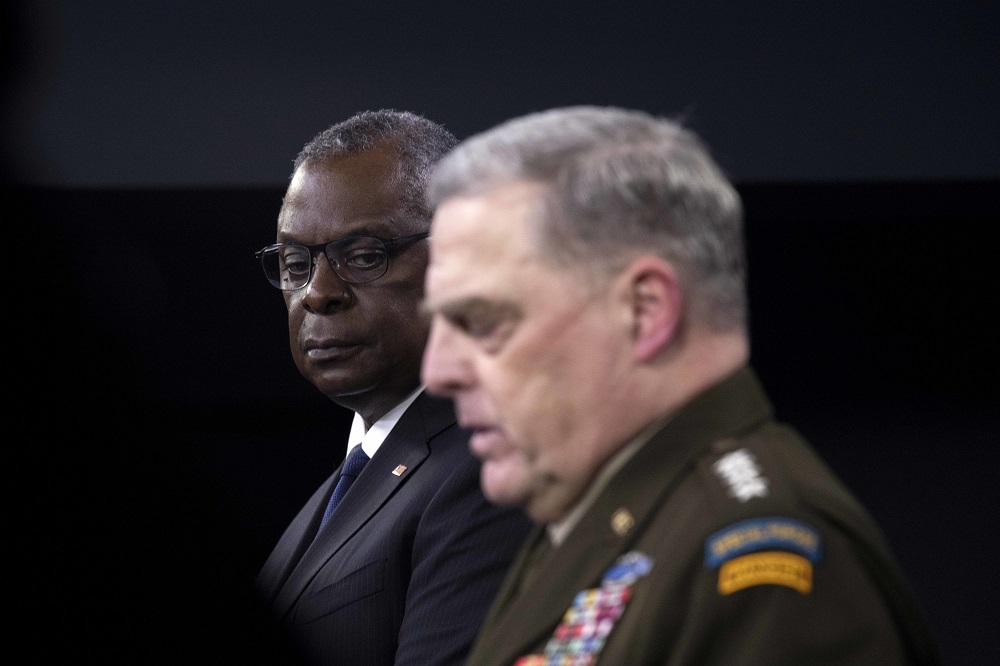
My reaction to CNN‘s report “US giving intel to Ukraine for operations in Donbas, Defense Secretary says” was, well, yeah.
Defense Secretary Lloyd Austin said publicly for the first time Thursday that the US is providing intelligence to Ukrainian forces to conduct operations in the Donbas region.Testifying before the Senate Armed Services Committee, Austin was asked whether the US was providing intelligence to help Ukraine carry out attacks against Russian forces in the separatist-controlled Donbas region or Crimea.”We are providing them intelligence to conduct operations in the Donbas, that’s correct,” Austin said in response to the question from Republican Sen. Tom Cotton of Arkansas.
Austin did not mention Crimea in his response. He also stated the US is not discouraging Ukraine from launching attacks against Russian forces in these areas.
Austin’s comments were the first time a US official has publicly acknowledged the US role in Ukraine’s operations in the contested region as the fighting shifts away from the capital of Kyiv and toward southeast Ukraine.
A senior defense official told CNN that some of the intelligence provided to Ukraine is “near real time.””We continue to provide useful information and intelligence to the Ukrainian Armed Forces in their fight,” the defense official said after Austin’s remarks. “As that fight migrates more to the Donbas region, we will adjust our information content and flow as required.”
Chairman of the Joint Chiefs Gen. Mark Milley, who testified earlier this week that the risk of “significant international conflict” was increasing, said Thursday that Russia’s war with Ukraine was likely to become a “long slog” as Ukraine defends its territory.”They’ve managed to defeat the Russian onslaught on to Kyiv, but there is a significant battle yet ahead down in the southeast, down around the Donbas Donetsk region where the Russians intend to get mass forces and continue their assault,” Milley said.
In the meantime, both Austin and Milley told the senators the Pentagon was taking whatever steps it could to help Ukraine’s fight against Russia. US security assistance is flowing into Ukraine “faster than most people would have ever believed conceivable,” Austin told the committee on Thursday — at times arriving in Ukraine within days of receiving authorization, he said. “From the time authorization is provided, four or five days later we see real capability begin to show up,” Austin said during the hearing on the Defense Department budget request.
I have taken the idea that we’ve been providing real-time ISR support to Ukraine as a working assumption since near the beginning of the crisis. It’s arguably the capability that sets us apart as the most powerful country on the planet and, if we’re willing to publicly acknowledge that we’re providing weapons to shoot down Russian aircraft and blow up Russian tanks, it just seemed obvious that we’d be willing to provide the resource that makes them much more effective at targeting.

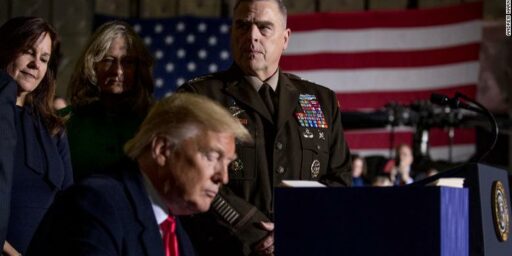
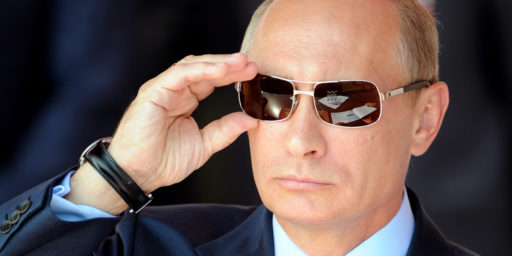
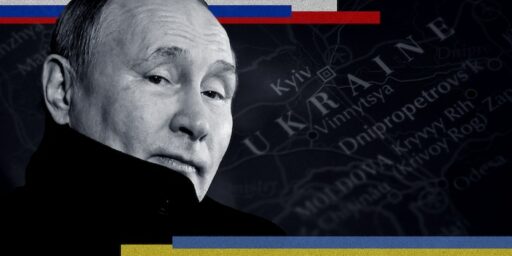
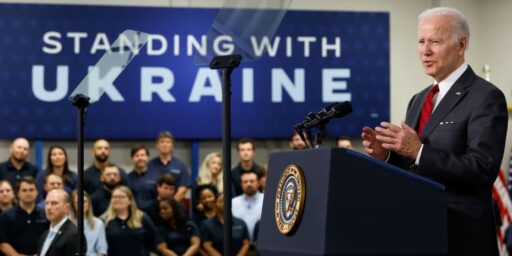
This does not bode well for anyone.
Just so you all know what else we are providing. From the Fact Sheet released yesterday:
Fact Sheet: U.S. Security Assistance to Ukraine
From the beginning, I’ve believed that the US/NATO has been integral to Ukraine’s command and control operations. The UA has simply been too effective and accurate in its operational targeting.
This caused me a little cognitive dissonance. All we see on the television news is destruction and ruins. Yet here are European leaders taking the train to Kiev, reminding us that there are vast swaths of Ukraine that are operating somewhat normally with fully functioning infrastructure.
EU leaders arrive in Ukraine to reassure Zelenskiy on membership